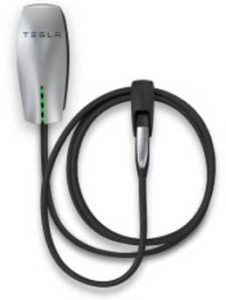 Earlier this year, particularly January Tesla unveiled the 3rd generation wall connector. Since then everyone has been trying to know what’s good and what’s better with this new charger. If your Gen 2 Tesla charger is working just fine, why would you possibly be motivated to consider Gen 3?
Earlier this year, particularly January Tesla unveiled the 3rd generation wall connector. Since then everyone has been trying to know what’s good and what’s better with this new charger. If your Gen 2 Tesla charger is working just fine, why would you possibly be motivated to consider Gen 3?
We answer all the questions in this review below.
What’s Different?
Appearance. It’s almost the first thing you notice with this Gen 3 EV charger. The new electric charger’s fresh look comes as a glass front display on a white background, keeping the brand name font and color on its surface. In contrast, the Gen 2 Tesla EV charger has a plastic silver or black cover.
Power. The Gen 2 wall connector has always been a more powerful option, as it’s able to deliver up to 80 amps of power to your electric car. The Gen 3 however is limited to a maximum of 48 amps. But wait before you conclude, it’s important to remember that there are no electric vehicles – regardless of brand – that can charge at over 48 amps. Aside from this being Tesla’s way of sticking with the maximum power output, electricians can tell you that fewer amps mean less heat. Gen 2 electric chargers have often had overheating and sparking problems because of the heat.
Cable length. For the Gen 2, electric car owners can enjoy the flexibility of a 24 feet cable. This new Gen 3 charger falls short in this area with only 18 feet from Tesla. This can count as a significant disadvantage in most cases. Seeing as a standard 2-car garage in the United States is a 24’ by 24’ it’s vital to have a cable that can reach most corners.
Cable size. This will probably bring a smile to your face as Gen 2 users are all too familiar with the heavy and thick cable of Gen 2 electric chargers. With Gen 3 electric car charger the cable is lighter, thinner, and easier to manage. This also contributes to making the entire charger weigh less. It’s a good advantage from Tesla and one users will enjoy.
Wi-Fi. For all those who are tech-savvy and convenience-conscious, it’s wonderful to hear that the new Tesla charger is Wi-Fi enabled, and it allows you to connect the unit with your smartphone. But at the same time, some users have mentioned having no connection with their Gen 3 charger and app, while others say the smart charger can connect with the car. The use comes mainly by accessing the network with your computer to get updates and set up the charger. There is a strong possibility of more updates with the Wi-Fi from Tesla.
Load sharing. The former charging unit allowed load sharing with up to 4 connected units while the new Gen 3 allows load sharing for up to 16 devices wirelessly.
Cost. To our amazement, the cost of the Gen 3 electric car charger is the same $500 price as the older Gen 2 unit. It’s safe to assume that the various limitations on the Gen 3, when compared with Gen 2, helped cut cost and make this elite charger affordable.
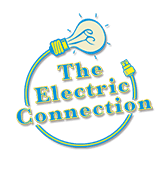




 Having an electric car is great and very much a trendy decision. When you have the EV of your choice parked in your garage, the most important question that follows is what size breaker does a Tesla need. Your electric car may save on fuel but it needs electric power to work, and this starts with a suitable breaker size.
Having an electric car is great and very much a trendy decision. When you have the EV of your choice parked in your garage, the most important question that follows is what size breaker does a Tesla need. Your electric car may save on fuel but it needs electric power to work, and this starts with a suitable breaker size.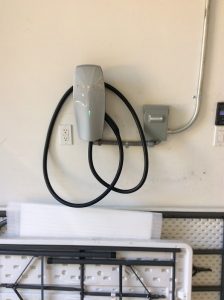 Electric cars are clearly the latest and most sought after development in the automotive industry and Tesla is leading the pack. So, when you have just purchased your very own green car, you can leap for joy about avoiding fueling costs and several other issues that come with it.
Electric cars are clearly the latest and most sought after development in the automotive industry and Tesla is leading the pack. So, when you have just purchased your very own green car, you can leap for joy about avoiding fueling costs and several other issues that come with it. If you purchased an EV between 2018 – 2019 or plan to buy one in 2020, we’ve got exciting news for you!
If you purchased an EV between 2018 – 2019 or plan to buy one in 2020, we’ve got exciting news for you!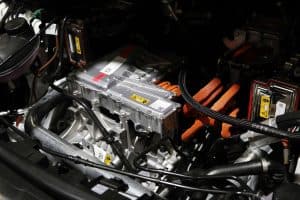 The city of Glendale in California, U.S is a bustling city known perhaps for its Brand Boulevard. It is one of the best places to live in California and own a thriving retail business of course. Like most places in recent times, Glendale has its share of electric vehicles. Electric vehicles become more popular by the day and it is to be expected given the benefits of driving such a vehicle. EVs are a plus to the environment helping us live green and healthy. They also benefit the economy by reducing carbon footprint and the need for producing gasoline.
The city of Glendale in California, U.S is a bustling city known perhaps for its Brand Boulevard. It is one of the best places to live in California and own a thriving retail business of course. Like most places in recent times, Glendale has its share of electric vehicles. Electric vehicles become more popular by the day and it is to be expected given the benefits of driving such a vehicle. EVs are a plus to the environment helping us live green and healthy. They also benefit the economy by reducing carbon footprint and the need for producing gasoline.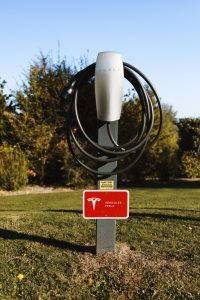 When you are obsessed with pretty cars and tired of driving fuel powered vehicles, then an electric vehicle like
When you are obsessed with pretty cars and tired of driving fuel powered vehicles, then an electric vehicle like 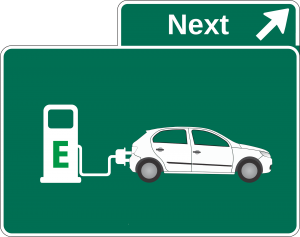 High-occupancy vehicle lane which is popularly known as HOV lanes is a traffic lane restricted and reserved for use by vehicles with a driver and one or more passengers. The minimum number of occupants is 2 to 3. In simple terms, the aim of this traffic lane is to get as many people off the road as possible to reduce traffic and air pollution.
High-occupancy vehicle lane which is popularly known as HOV lanes is a traffic lane restricted and reserved for use by vehicles with a driver and one or more passengers. The minimum number of occupants is 2 to 3. In simple terms, the aim of this traffic lane is to get as many people off the road as possible to reduce traffic and air pollution. If you don’t have an attic fan installed in your home, you have probably wondered if one would work for you. You’ve probably heard about
If you don’t have an attic fan installed in your home, you have probably wondered if one would work for you. You’ve probably heard about 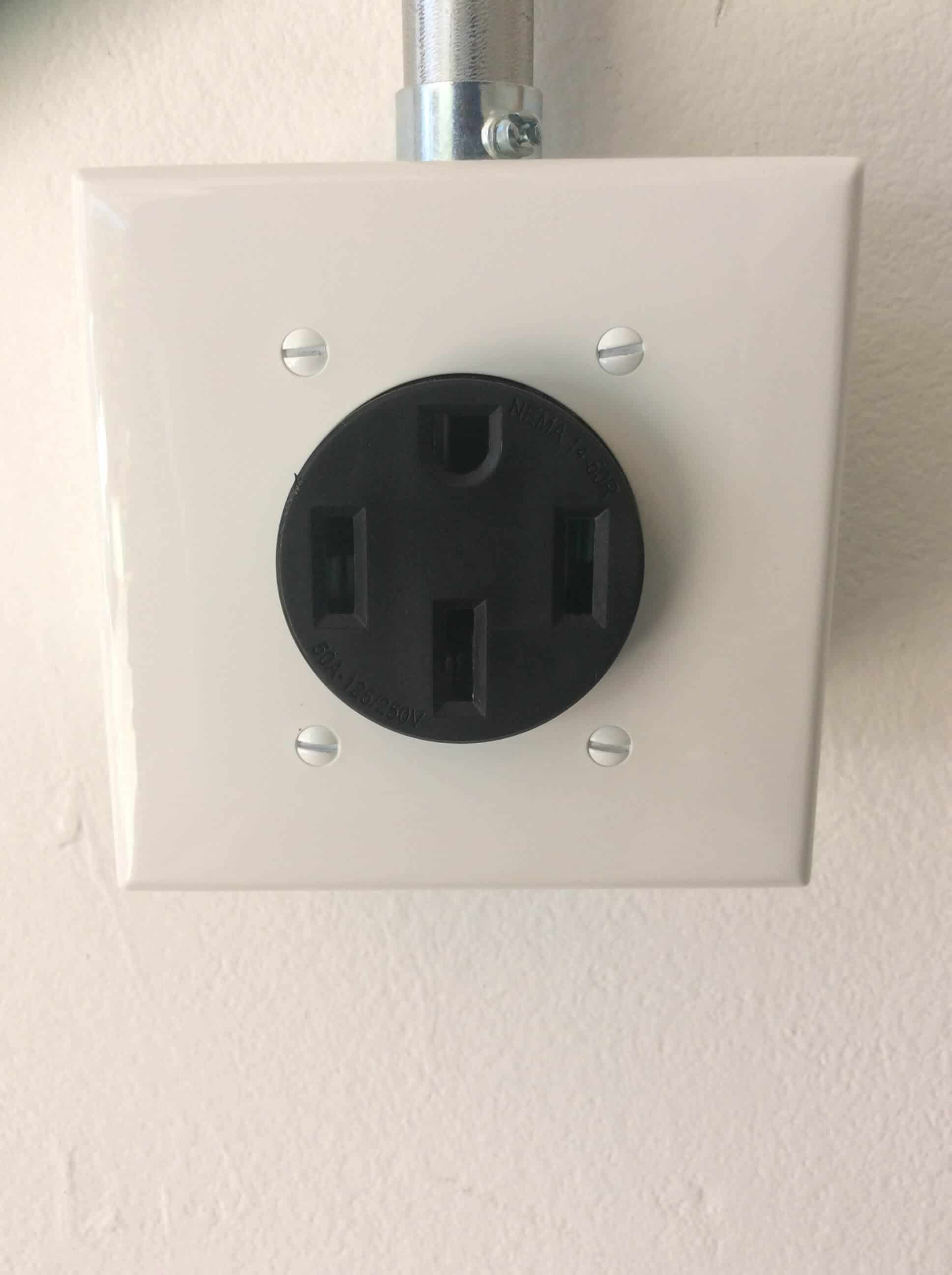 The purchasing of an electric vehicle comes with one big, important question:
The purchasing of an electric vehicle comes with one big, important question: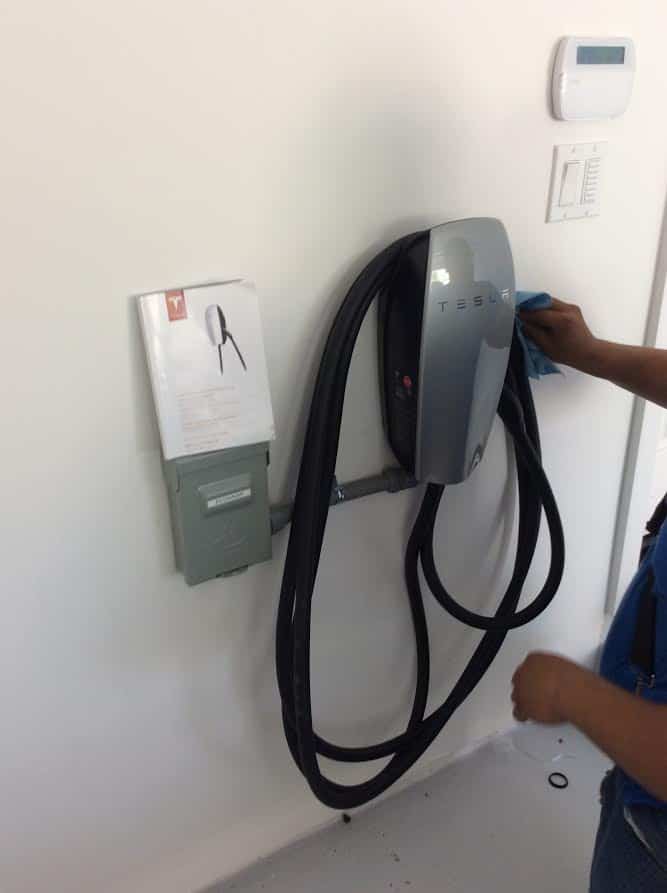 If you’re considering buying an electric vehicle, you’ll want to have the
If you’re considering buying an electric vehicle, you’ll want to have the